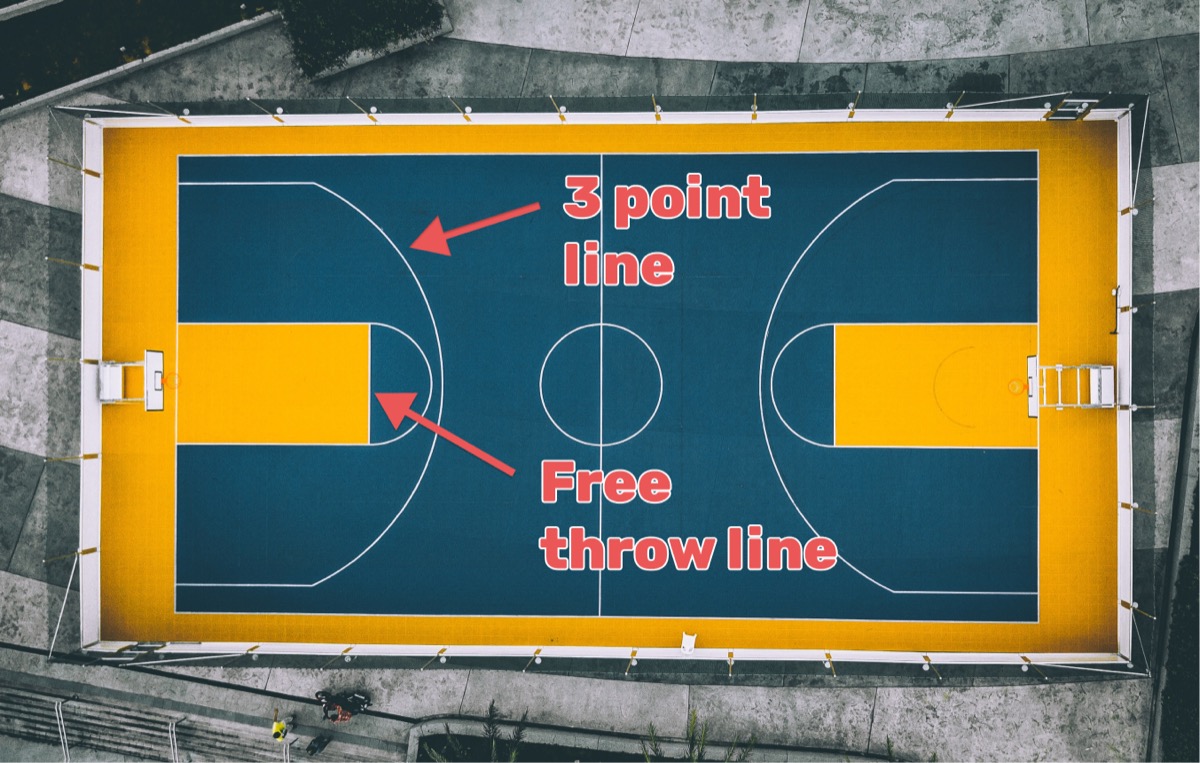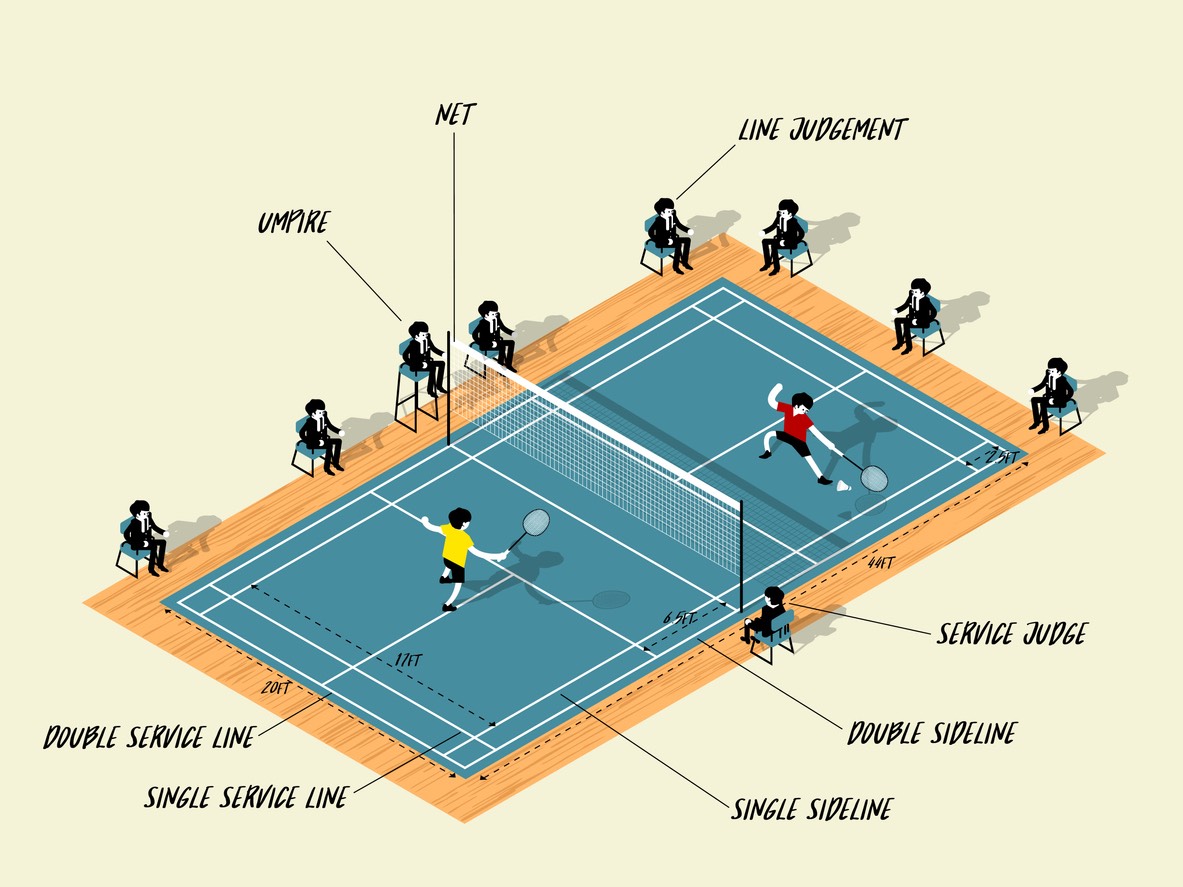
Wrestling, a combination of physical power and strategic thinking, offers a compelling spectacle in competitive sports. Two athletes grapple on the mat, displaying strength, technique, and mental sharpness. While the intensity is clear, the scoring system can seem complex at first glance.
This guide aims to explain wrestling scoring by providing an overview of the rules, objectives, and points system. We'll cover the key moves that earn points, explore team scoring dynamics, and clarify procedures for overtime matches when needed.
How do you score in high school wrestling?
In high school wrestling, the primary objective is to score more points than your opponent throughout the match. Unlike professional wrestling, where entertainment reigns supreme, high school matches are all about technical proficiency and point accumulation. We’ll dive into more of the specifics around scoring further below.
Wresting 101: Basic Rules and Objectives
Before diving into specific point values, let's establish the playing field. Wrestling matches take place on a circular mat with two wrestlers in neutral positions – both standing on their feet with no control over the other. The ultimate goal? To gain control and put your opponent in a vulnerable position on the mat, ultimately leading to a pin (explained later). Every move a wrestler makes contributes to scoring points or preventing their opponent from doing so.

Neutral Position vs Referee Position
Understanding the difference between neutral and referee positions is essential for scoring. The neutral position, as mentioned earlier, is where both wrestlers are standing. When one wrestler takes down their opponent and establishes control on the mat, the referee awards a nearfall or takedown (depending on the situation), and the match moves to the referee position. Wrestlers battle for control and reversal opportunities in this position, with scoring continuing until the referee restarts the match from a neutral position.
Individual Wrestling Match Scoring Breakdown
Wrestling scoring follows a hierarchy, with point values increasing as moves become more dominant. Here's a breakdown, starting with the most basic actions:
Takedowns (2 points)
The foundation of scoring. Taking your opponent down from a neutral position to a controlled position on the mat earns 2 points.
Nearfall
Holding your opponent in a vulnerable position on their back awards points based on the duration of control:
- 2-Point Nearfall (2 point): Maintaining control for a brief period earns 2 points.
- 3-Point Nearfall (3 points): Sustaining control for a longer duration increases the point value to 3.
Escapes/Reversals
When the bottom wrestler in a nearfall situation escapes the control or reverses the position to gain control on top, points are awarded:
- Escape (1 point): Successfully escaping your opponent's nearfall control earns 1 point.
- Reversal (2 points): Not only escaping but gaining control on top during a nearfall situation is a reversal, worth 2 points.
Points Deductions
Just like points are awarded for offensive maneuvers, penalties are given for stalling, illegal moves, and unsportsmanlike conduct. These deductions can significantly impact the outcome of a match. Here are some common point deductions:
- Stalling: Passivity or intentionally avoiding action can lead to a penalty point deduction.
- Penalty Point: Various violations, like illegal holds or unsportsmanlike conduct, result in a 1-point deduction for the offender.
- False Start/Illegal Starting Position: Inconsistent starting positions can lead to a caution initially, followed by a point deduction upon repeat offenses.
- Clasping Hands Behind Opponent: This maneuver is illegal and results in a point deduction.
- Illegal Holds: Techniques that put an opponent in danger or violate specific rules are penalized.
- Technical Violations: Minor rule infractions, like stepping out of bounds, can lead to a point deduction.
- Cause for Ejection Penalties: Serious violations or flagrant misconduct can result in disqualification and awarding the match to the opponent.

Team Scoring
High school wrestling competitions often involve multiple individual matches between wrestlers from opposing teams. The points earned by each wrestler contribute to their team's overall score. Here's a breakdown of team points awarded based on the outcome of an individual match:
Decision (3 points)
Winning by a margin of 1 to 7 points earns your team 3 points.
Major Decision (4 points)
A more dominant victory with a point margin between 8 and 14 awards your team 4 points.
Technical Fall (5 Points)
Building a lead of 15 points or more throughout the match leads to a technical fall, awarding your team 5 points.
Fall/Pin (6 Points)
The ultimate dominance – pinning your opponent's shoulders flat on the mat for a continuous count of one second earns your team a decisive 6 points.
Forfeit (6 Points)
If a wrestler fails to appear for the match or cannot continue due to injury or disqualification, their opponent is awarded a forfeit victory and their team receives 6 points.
Injury Default or Disqualification (6 Points)
Similar to a forfeit, if a wrestler is injured or disqualified during the match, their opponent is awarded 6 points.
Overtime Scoring
If the score is tied at the end of regulation time, an overtime period with specific rules is used to determine the winner. The first wrestler to score any points during overtime wins the match.
What Information is on a wrestling scoreboard?
A wrestling scoreboard typically displays the following information:
- Individual Wrestler Scores: The current point total for each wrestler in the match.
- Team Scores: The cumulative points earned by each team throughout all the individual matches.
- Match Time: The remaining time in the current period and any overtime periods.

Using an Online Scoreboard
In today's digital age, several online resources allow fans and parents to follow wrestling matches remotely. These scoreboards provide real-time updates and an array of visual customizations. This allows viewers to stay engaged and connected to the action even if they can't be physically present at the event.
Introducing Keepthescore.com
Keepthescore.com can help you track your wrestling match in a fun and seamless way! Get started for free in under 30 seconds, no registration or payment needed.
You can access the platform to keep sccore from any device – phone, tablet, or computer – for ultimate convenience. Witness real-time scoring updates as the match unfolds. Plus, personalize the experience with fully customizable colors and logos to match your team spirit.
Get started now with our user-friendly interface that puts intuitive controls at your fingertips, ensuring you never miss a point.
By understanding wrestling scoring, you can appreciate the strategic nuances and technical mastery on display during a match. The next time you watch a wrestling competition, keep these scoring details in mind. You'll gain a deeper understanding of the sport and witness the drama unfold as wrestlers battle for points and ultimately, victory.










